Money Talks: 2024 Election Spending Set To Hit a Record $16 Billion
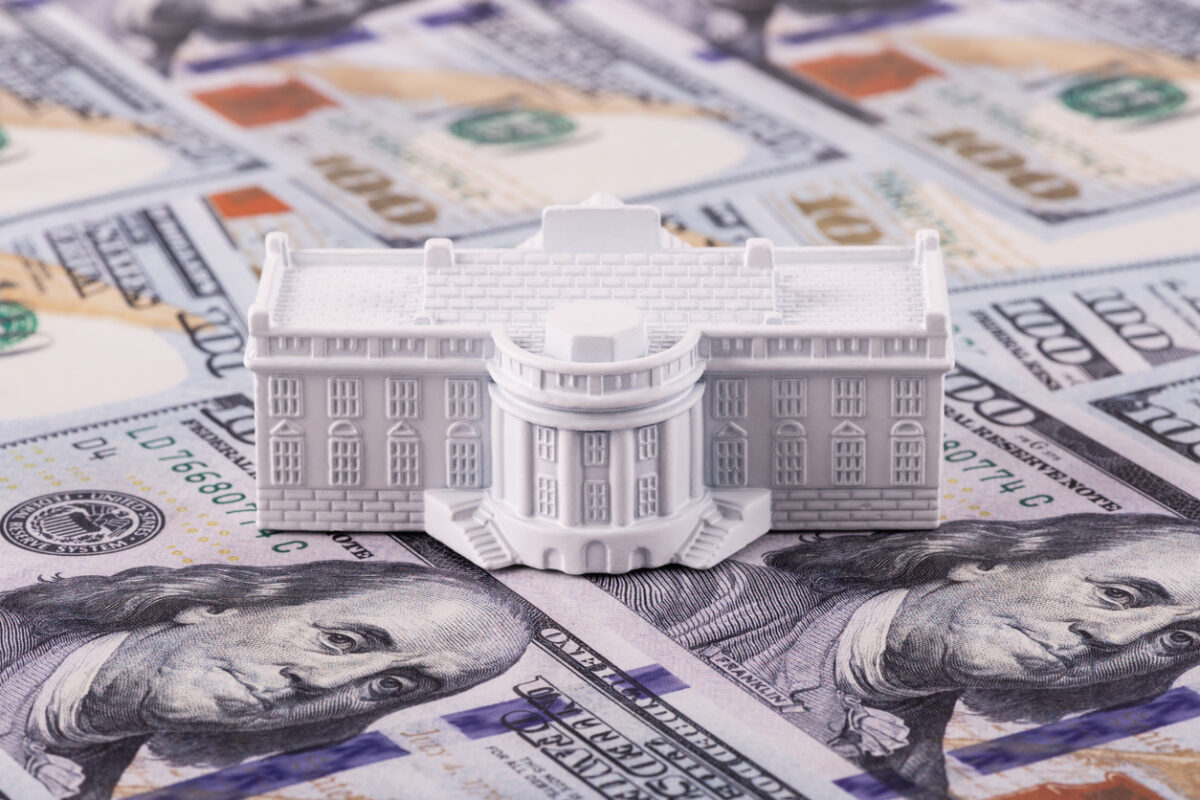
The 2024 election is shaping up to be one of the most expensive in U.S. history, with experts predicting a staggering $16 billion in total spending. From presidential campaigns down to local races, it seems like the cost of running for office just keeps climbing.
Massive media buys, endless digital advertising, and the growing influence of Super PACs are all driving these hefty figures. With all the money flowing into elections, it’s worth asking: What are the implications of these rising costs? Let’s break it all down.
Wait, How Much?
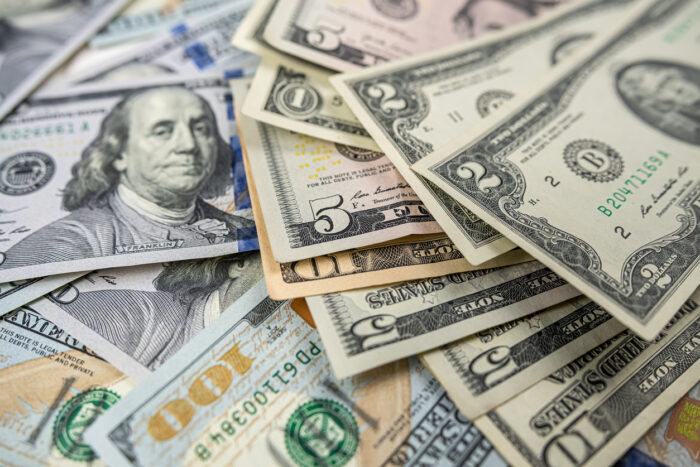
You read that right: $16 billion in total spending. That’s a serious chunk of change. To put this figure in perspective, the 2020 election saw approximately $15.1 billion spent — a record at the time, but one that the 2024 race is set to eclipse. However, when adjusted for inflation, the cost of the 2020 election still comes out on top at $18.3 billion.
According to Sherwood News, the $16 billion includes everything from presidential campaigns to Senate and House races, and reflects a continuous surge in political spending over the past few cycles.
Where’s All That Money Coming From?
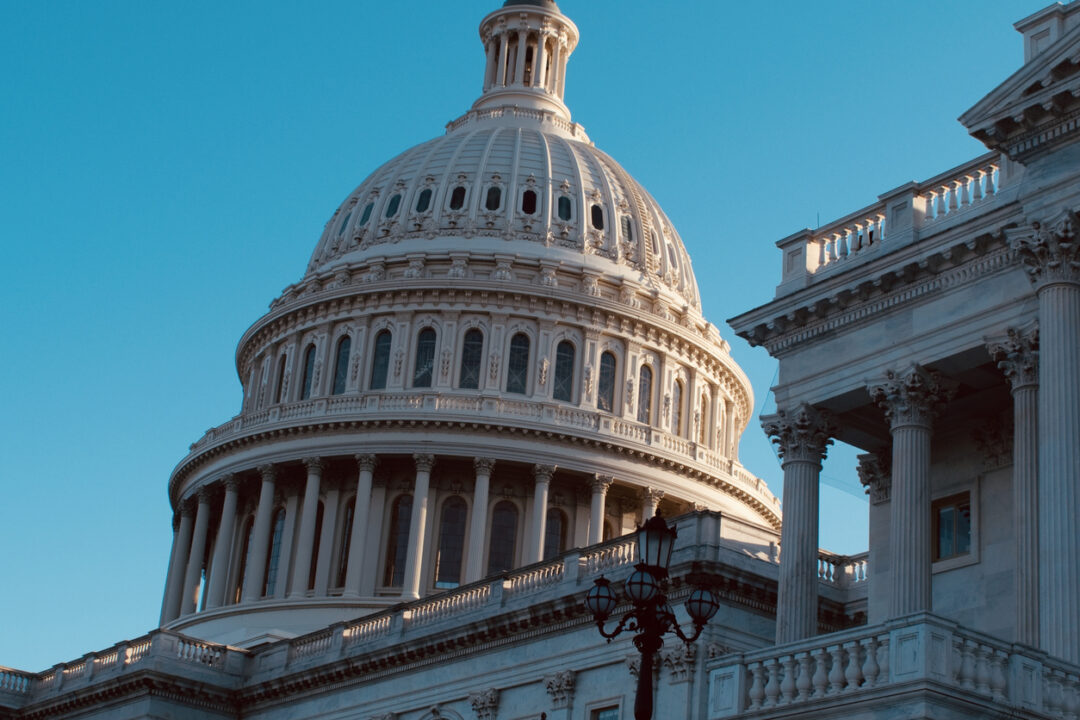
The majority of election spending comes from two main sources: campaign contributions and outside groups, such as super PACs, which have already spent $2.6 billion on 2024 federal elections. Candidates for federal office rely heavily on individual donations, many of which are sourced through online fundraising platforms like ActBlue for Democrats and WinRed for Republicans. Small donations can add up quickly, but large contributions from wealthy donors and super PACs (political action committees) are often the financial backbone of major campaigns.
According to OpenSecrets, a non-partisan group that tracks political spending, super PACs spending the most money are Make America Great Again Inc., which has spent over $239 million to support Republican presidential nominee Donald Trump, and Future Forward, which has spent over $212 million to support Democratic presidential nominee Kamala Harris.
Why Is the Cost of Running for Office Rising?
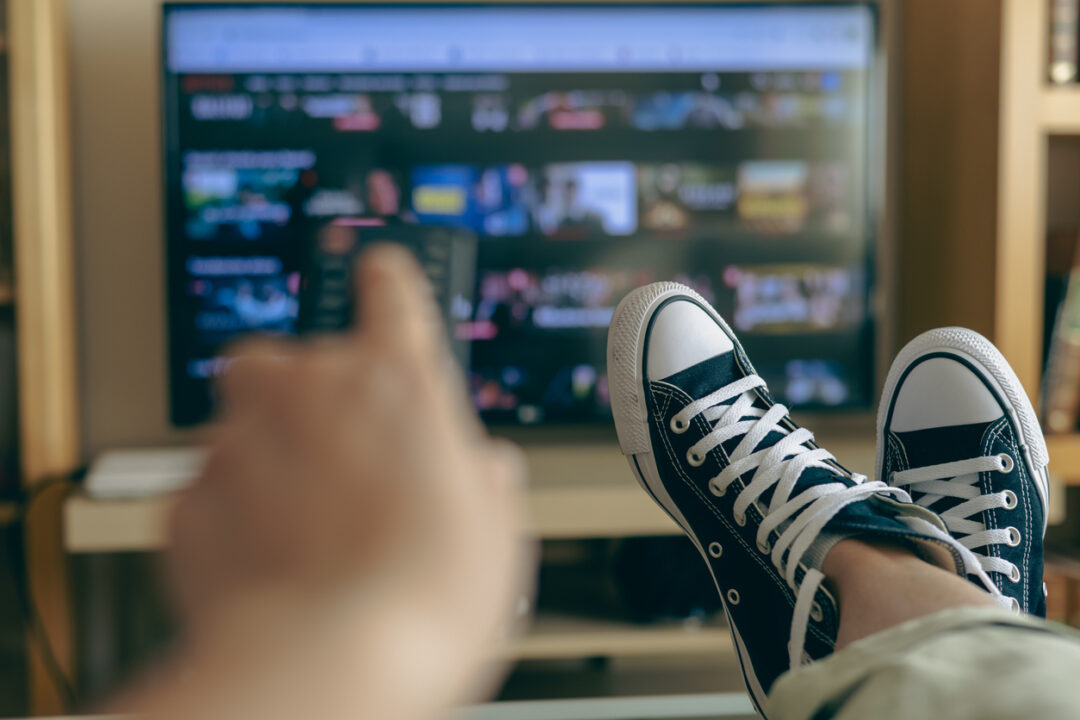
The price tag of running for office has soared in recent years for a number of reasons (and it’s not all about inflation!). The growing importance of digital advertising and the increased competition for voter attention means candidates have to invest heavily in media buys. Television ads are still important, but have been joined by a significant push for online and social media ads.
Plus, running a large-scale national or statewide campaign requires a massive staff, legal teams, pollsters, consultants, and data analytics experts. The logistics of modern campaigning, especially with early voting and mail-in ballots becoming more common, has created a year-round effort that pushes the overall costs even higher.
Is This the Most Expensive Election in History?
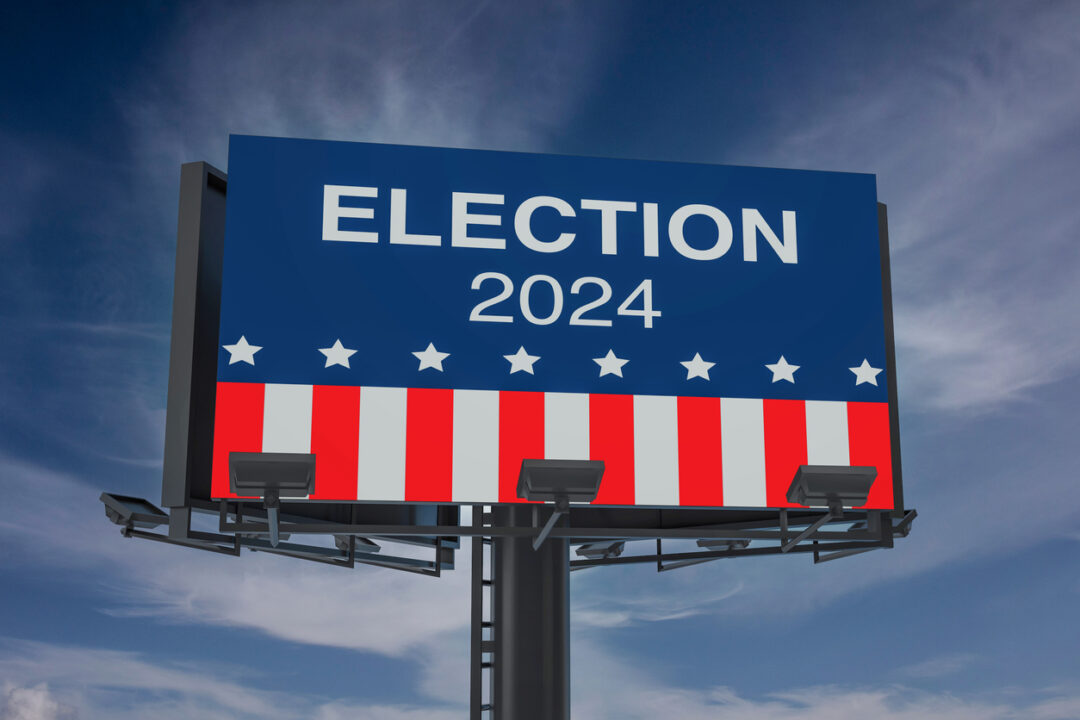
Sort of. If current projections hold, 2024 election spending will surpass the $15.1 billion spent in 2020, which was itself a record-shattering election. But when adjusted for inflation, 2020 is still the most expensive election in history, with an adjusted cost of $18.3 billion.
What Are the Implications of These Rising Costs?

The increasing costs of elections have raised concerns about — you guessed it — the influence of money in politics. Critics argue that this level of spending disproportionately benefits wealthy donors and special interest groups, giving them influence over candidates and elected officials. In contrast, grassroots candidates with less financial backing often struggle to keep up, making the fight far from fair.
As political campaigns become more expensive, incumbents are spending more time fundraising and less time legislating. This creates the perception that the government is more responsive to large donors than to the general electorate.